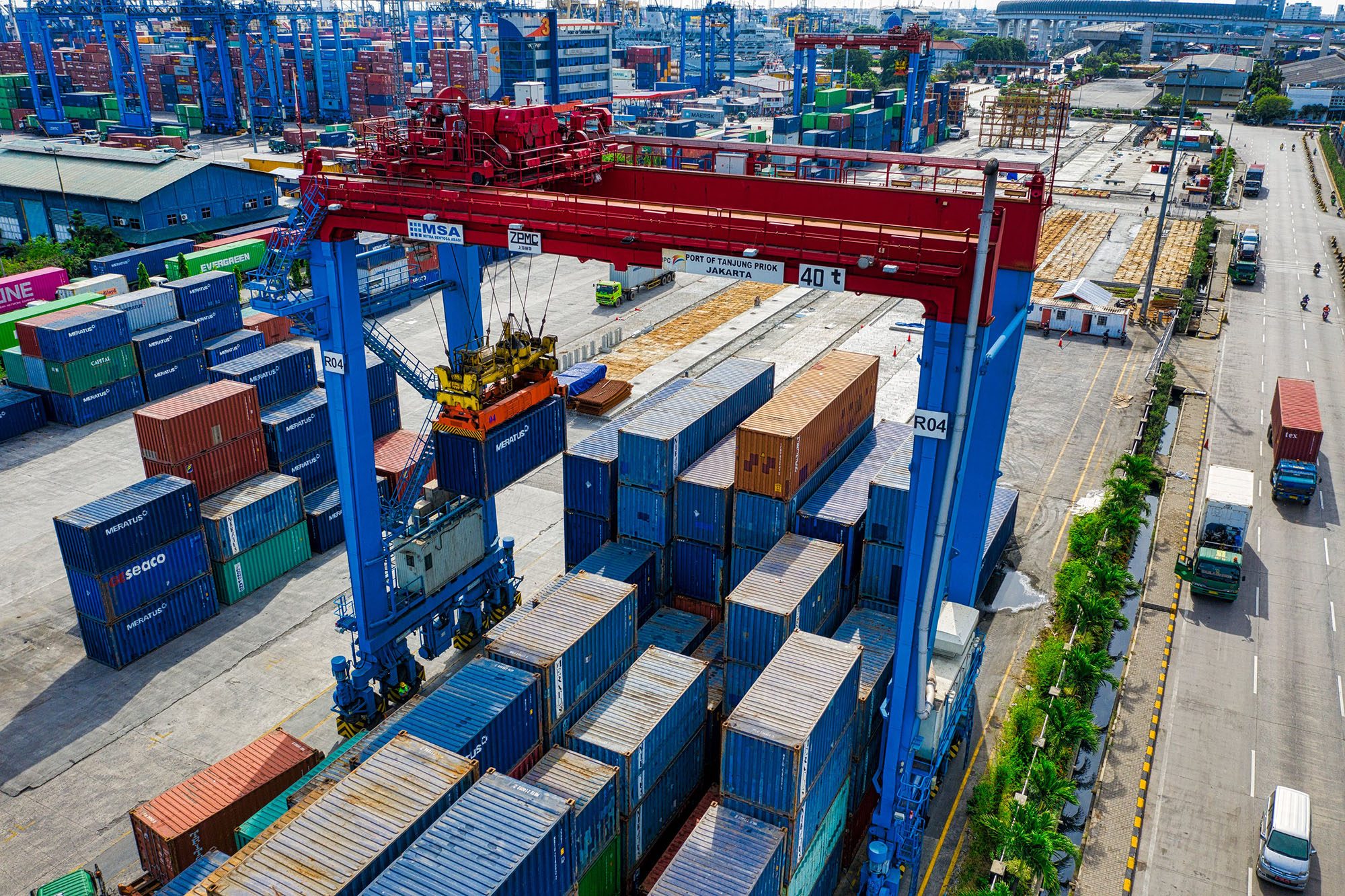You ever scroll through crypto charts and feel like you’re drowning in data but starving for insight? Yeah, me too. It’s a wild mix of excitement and frustration when you’re hunting for that next breakout token. Something felt off about the usual tools—they’re either too slow or too clunky to keep pace with real-time DeFi action. Honestly, it’s like trying to catch lightning in a bottle while blindfolded.
Wow! The crypto space moves so fast, and if your token discovery method isn’t lightning-quick, you’re already behind. I always thought that tracking price alone was enough, but then I realized that without analyzing trading pairs in-depth, you’re missing half the picture. It’s not just about the token’s price skyrocketing; it’s about understanding where the liquidity flows, who’s trading, and what the real volume looks like.
Initially, I thought a simple price ticker was all a trader needs, but then I dove deeper. On one hand, price spikes can be manipulated or just flash in the pan. Though actually, digging into trading pairs and volume data reveals the underlying strength—or weakness—of a move. That’s when I stumbled on a tool that changed my whole approach.
Okay, so check this out—there’s this platform that not only tracks token prices in real-time but also offers granular insights into trading pairs and liquidity pools. I’m talking about the dexscreener official site. It’s like having a radar for the DeFi ocean. Seriously, it’s saved me from jumping into traps more than once.
Here’s the thing: price tracking alone can be deceptive. You might see a token mooning, but if the liquidity is shallow or the trading pairs are limited, you’re basically standing on quicksand. The deeper you dive into pair analysis, the clearer the real risk and opportunity become. This part bugs me—too many traders overlook these signals and end up burnt.
Let me share a little story. A few months back, I was eyeing a token that seemed to be surging on the surface. My instinct said “hold up,” because the volume was suspiciously low despite the price spike. After checking the trading pairs on that tool I mentioned, I saw that almost all liquidity was concentrated in one obscure pair with a tiny pool. Felt sketchy, so I passed. Guess what? The token dumped hard the next day. Whew, dodged a bullet.
Really? Yeah, those quick gut checks combined with solid data analysis make all the difference. It’s like having both a radar and a gut feeling working in tandem.
Now, I’m not saying it’s foolproof. Sometimes, even the best real-time data can’t predict sudden market shocks or rug pulls. But having access to detailed token discovery and trading pair analytics gives you a massive edge. The key is not to rely blindly on price charts but to layer your insights.
Something else I find fascinating is how new tokens pop up across various decentralized exchanges. Tracking them across multiple chains and pairs manually? Nightmare. That’s why platforms that aggregate this info seamlessly are worth their weight in gold. You basically get a bird’s eye view of all trading activity, helping you spot emerging trends before they blow up.
Hmm… I wonder if more traders realize how critical this layer of analysis is. The market isn’t just about price anymore. It’s a complex web of liquidity dynamics, pair interactions, and volume behavior. And tools like the dexscreener official site make that complexity digestible in real-time.

Why Trading Pairs Matter More Than You Think
Here’s a nugget that’s often overlooked: the choice of trading pairs can make or break your trading strategy. At first glance, you might think ETH or USDT pairs are the safest bets. But I’ve seen tokens paired with less obvious assets that suddenly explode in volume and price. This can signal new liquidity injections or strategic moves by whales.
Of course, not every unusual pair is gold. Some are just traps waiting to snare the unsuspecting. That’s why analyzing volume trends, liquidity depth, and age of trading pairs becomes very very important. The more information you have, the better you can separate noise from signal.
Actually, wait—let me rephrase that. It’s not just about volume or liquidity in isolation. It’s the interplay between them that tells the story. High volume with shallow liquidity? Probably volatile and risky. Low volume but deep liquidity? Could be stable but slow-moving. And then there’s the sneaky pairs that suddenly get big volume spikes—those usually mean something is brewing.
On one hand, you want to catch the early movers; on the other, you want to avoid getting caught in pump-and-dump schemes. This balancing act is tricky but crucial. Having tools that monitor these metrics live, like the one I keep referencing, keeps you a step ahead.
Oh, and by the way, token discovery isn’t just about finding new projects. It’s also about monitoring how existing tokens evolve across pairs and chains. Sometimes a token listed on multiple DEXs behaves differently per pair. Tracking that complexity manually? Forget about it.
Personally, the ability to filter by chain, pair, and volume on the dexscreener official site has been a total game changer for me. It’s like zooming in and out on a map, seeing where the action is hot and where it’s cooling off.
Wow, the more I dig into this, the more I realize how much traders miss by relying on static charts or slow tools. Real-time token discovery paired with detailed trading pair analysis offers a dynamic edge that’s hard to beat.
One tricky part though: all this data can get overwhelming fast. You have to develop filters and criteria that fit your trading style; otherwise, it’s just noise. That’s where personal experience and intuition—yeah, good old System 1 thinking—come in handy. But backed by solid analytics, that intuition becomes way sharper.
Seriously, I’m biased, but if you haven’t explored a platform that offers this level of token and pair tracking, you’re missing out. It’s not just about spotting the next moonshot; it’s about understanding the ecosystem’s heartbeat.
Wrapping Up: A New Lens for DeFi Trading
So here’s my takeaway: token discovery and price tracking, when combined with deep trading pair analysis, shift your perspective from guessing to informed decision-making. It’s not perfect, and no tool can predict the future, but the advantage you gain is real and tangible.
My instinct says this approach will only become more essential as DeFi gets more complex and multi-chain. Those who master the art of reading the subtle signals in trading pairs and liquidity flow will consistently outperform the crowd.
And hey, if you want to see what I mean, check out the dexscreener official site. It’s the kind of resource that turns overwhelming chaos into actionable insight, making your trading journey a little less wild and a lot more strategic.
Anyway, I’m still figuring out some parts myself—there’s always more to learn in this space. But for now, this combo of real-time token discovery and granular trading pair analysis feels like the secret sauce. Keeps me curious and cautious at the same time… which is probably the best way to be around here.
Frequently Asked Questions
Why is trading pair analysis important in DeFi?
Trading pairs reveal where liquidity is concentrated and how tokens actually move in the market. Analyzing pairs helps identify real volume, potential risks, and emerging trends that price alone can’t show.
Can token discovery tools predict price surges?
Not exactly. They provide real-time data and analytics that improve your chances of spotting opportunities early, but market unpredictability means no tool can guarantee predictions.
How do I avoid scams using price and pair data?
Look for healthy liquidity across multiple pairs, consistent volume growth, and avoid tokens with sudden price spikes but shallow liquidity. Tools that track these metrics live are invaluable.

